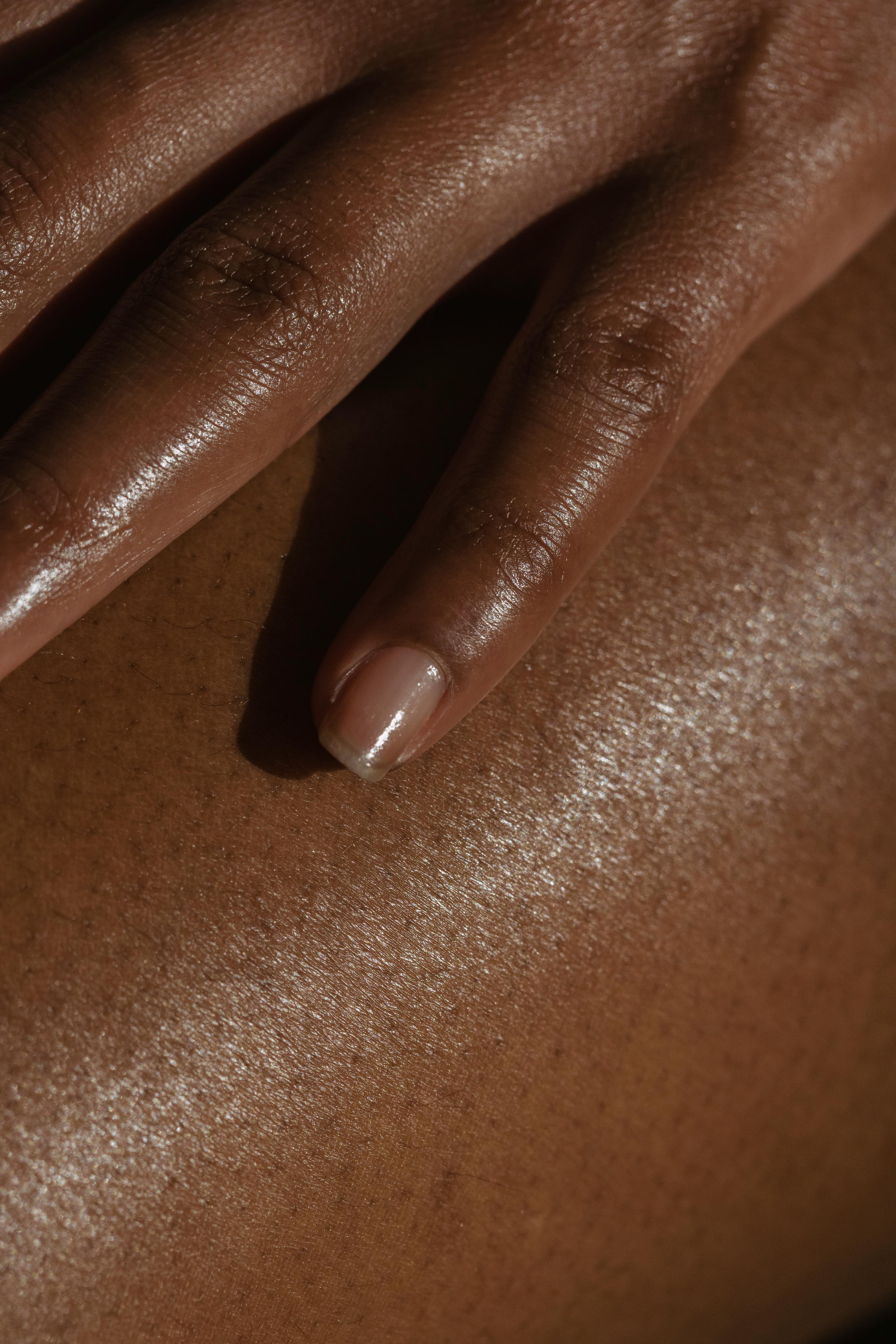Have you ever wondered about the diverse range of responsibilities that an orthodontist holds? In this article, we will delve into the multi-faceted role of an orthodontist and uncover the many tasks that go beyond just straightening teeth with braces. From diagnosing and treating bite problems to improving facial aesthetics, an orthodontist plays a vital role in enhancing both oral health and overall confidence. Brace yourself for an insightful journey as we explore the fascinating world of orthodontics and discover the countless ways these experts improve smiles and transform lives.

The Importance of Orthodontic Treatment
Orthodontic treatment plays a vital role in enhancing oral health and improving dental aesthetics. It goes beyond just straightening teeth; it addresses various concerns related to jaw alignment, misaligned bites, crowded or spaced teeth, impacted teeth, and even jaw misalignments that may require orthognathic surgery. By seeking orthodontic treatment, you can achieve a beautiful smile while also ensuring your oral health is in optimal condition.
Enhancing Oral Health
Orthodontic treatment is not solely focused on creating a visually appealing smile; it is also essential for maintaining good oral health. When teeth are misaligned or crowded, it becomes challenging to clean them effectively. Plaque and food particles can accumulate in hard-to-reach areas, leading to an increased risk of tooth decay, gum disease, and other dental issues. By correcting the alignment of your teeth, orthodontic treatment makes it easier to maintain proper oral hygiene, reducing the chances of developing oral health problems.
Improving Dental Aesthetics
Aesthetics are an essential aspect of orthodontic treatment. Many individuals may feel self-conscious or unhappy with their smile due to misaligned or crooked teeth. Orthodontic treatment can help address these concerns by repositioning and aligning the teeth, resulting in a more visually pleasing smile. This can significantly boost self-confidence and improve overall psychological well-being, allowing individuals to smile with pride.
Orthodontist Education and Training
Orthodontists undergo extensive education and training to provide specialized orthodontic care. They have completed dental school and then pursued further education to become orthodontic specialists. The road to becoming an orthodontist entails specific requirements and specialized training.
Requirements for Becoming an Orthodontist
To become an orthodontist, one must first complete a bachelor’s degree in a science-related field. Afterward, aspiring orthodontists must attend dental school to obtain a Doctor of Dental Surgery (DDS) or Doctor of Medicine in Dentistry (DMD) degree. Once dental school is complete, further education is needed to specialize in orthodontics.
Specialized Orthodontic Training
After obtaining a dental degree, orthodontists undergo a rigorous selection process to gain admission to an accredited orthodontic residency program. These residency programs typically last two to three years, during which orthodontic residents receive specialized training in diagnosing and treating orthodontic issues. Through a combination of academic coursework and hands-on clinical experience, these programs equip orthodontists with the knowledge and expertise to provide effective orthodontic treatment.

Diagnosing Orthodontic Problems
To provide effective orthodontic treatment, orthodontists begin by diagnosing the specific orthodontic problems of each patient. This process typically involves a comprehensive orthodontic consultation and the evaluation of facial and dental structures.
Orthodontic Consultation
During the orthodontic consultation, the orthodontist will carefully examine your teeth, gums, and jaws. They will ask you questions about your dental history, any concerns you may have, and your aesthetic goals. X-rays, photographs, and dental impressions may also be taken to aid in the diagnosis. This initial consultation allows the orthodontist to gain a thorough understanding of your unique needs and determine if orthodontic treatment is necessary.
Evaluating Facial and Dental Structures
In addition to evaluating your teeth, orthodontists also assess your facial and dental structures. They consider factors such as jaw alignment, tooth size and shape, facial symmetry, and the relationship between the upper and lower jaws. Through a comprehensive evaluation, orthodontists can identify any underlying issues that may be contributing to your orthodontic concerns.
Treatment Planning in Orthodontics
Once the orthodontic problems have been diagnosed, the orthodontist will create a customized treatment plan tailored to your specific needs. This treatment plan outlines the recommended orthodontic appliances and techniques and provides a step-by-step overview of the proposed treatment process.
Customizing Treatment Options
Orthodontic treatment is not one-size-fits-all. Orthodontists consider various factors when customizing treatment options for each patient. These factors include the severity of orthodontic issues, age, oral health, lifestyle, and aesthetic preferences. By customizing the treatment options, orthodontists ensure that the chosen approach will provide the most effective and efficient results for each individual.
Creating a Step-by-Step Treatment Plan
The orthodontist will detail the treatment plan, explaining the different stages of treatment and the estimated timeline. They will provide a clear overview of what to expect at each stage, including any necessary adjustments or modifications. This step-by-step treatment plan helps patients understand the entire treatment process and allows them to envision the progress that will be made throughout the orthodontic journey.

Orthodontic Appliances and Techniques
Orthodontic treatment involves the use of various appliances and techniques to correct dental and jaw misalignments. These include traditional braces, clear aligners, and functional appliances.
Traditional Braces
Traditional braces consist of metal brackets that are bonded to each tooth and connected by a wire. These braces apply gentle, continuous pressure to guide the teeth into their proper positions. Over time, the braces gradually align the teeth, resulting in a straighter smile.
Clear Aligners
Clear aligners, such as Invisalign, are a popular alternative to traditional braces. These custom-made, transparent plastic trays are virtually invisible when worn. They exert gentle pressure on the teeth, gradually shifting them into alignment. Clear aligners are removable, allowing for easier oral hygiene maintenance and the ability to eat without restrictions.
Functional Appliances
Functional appliances are used to correct jaw discrepancies, specifically problems with the relationship between the upper and lower jaws. These appliances are typically removable and work by guiding the growth and position of the jaws, helping to align them properly.
Adjusting and Monitoring Orthodontic Treatment
Orthodontic treatment requires regular adjustments and monitoring to ensure progress is being made and modifications can be made if necessary.
Regular Adjustment Appointments
Orthodontists schedule regular adjustment appointments where they make necessary changes to the orthodontic appliances. During these appointments, the orthodontist may tighten wires, replace elastics, or modify the aligners to maintain progress. These adjustments help to continually guide the teeth and jaws into their desired positions.
Monitoring Progress and Making Modifications
Throughout the course of orthodontic treatment, orthodontists closely monitor the progress and make any necessary modifications. Regular check-ups allow the orthodontist to evaluate the movement of teeth and jaws, ensuring that the treatment is progressing as planned. If any adjustments or changes are required, the orthodontist can address them promptly, ensuring the treatment stays on track.
Addressing Orthodontic Concerns: Misaligned Bite
Orthodontic treatment also addresses various types of misaligned bites, including overbites, underbites, and crossbites. These problems can affect both the appearance and functionality of the teeth and jaws.
Overbite
An overbite occurs when the upper front teeth significantly overlap the lower front teeth vertically. Orthodontic treatment can help correct an overbite by gradually moving the upper teeth back and the lower teeth forward, achieving the proper alignment and reducing the excessive overlap.
Underbite
In contrast to an overbite, an underbite occurs when the lower front teeth protrude in front of the upper front teeth horizontally. Orthodontists can correct an underbite by guiding the lower teeth backward and the upper teeth forward, aligning them properly and improving both the aesthetics and functionality of the bite.
Crossbite
A crossbite refers to the misalignment of the upper and lower teeth, resulting in their incorrect positioning when biting down. Orthodontic treatment can help correct a crossbite by aligning the upper and lower dental arches, ensuring a harmonious bite and preventing potential issues related to jaw misalignment.
Correcting Crowded and Spaced Teeth
Orthodontic treatment is also effective in addressing issues related to crowded or spaced teeth. These conditions can impact oral health and aesthetics, making treatment essential.
Crowding Issues
Crowded teeth occur when there is insufficient space in the dental arch to accommodate all the teeth properly. Orthodontic treatment can create space by shifting and aligning the teeth, allowing each tooth to find its ideal position within the arch. By addressing crowding issues, orthodontists can improve oral hygiene, reduce the risk of tooth decay and gum disease, and enhance the overall appearance of the smile.
Gap Closure Techniques
On the other hand, spaced teeth refer to gaps or spaces between the teeth. Orthodontic treatment can close these gaps by gradually moving the teeth closer together, creating a more uniform and aesthetically pleasing smile. By closing these gaps, orthodontists can enhance the function of the bite and provide a more balanced and harmonious dental alignment.
Impacted Teeth and Orthodontic Solutions
Impacted teeth occur when a tooth fails to fully erupt or emerges in an improper position. Orthodontic treatment can help identify impacted teeth and provide suitable solutions to address these issues.
Identifying Impacted Teeth
Orthodontists use various diagnostic tools, such as X-rays and thorough dental examinations, to identify impacted teeth. Commonly impacted teeth include wisdom teeth, canines, and premolars. By identifying and diagnosing the presence of impacted teeth, orthodontists can determine the appropriate course of action.
Management and Treatment Options
Once impacted teeth are identified, orthodontists, in collaboration with other dental professionals, can formulate a treatment plan. This plan may involve creating space to allow the impacted tooth to erupt naturally or guiding the impacted tooth into its proper position using orthodontic appliances. In more complex cases, oral surgery may be necessary to uncover and assist the impacted tooth’s eruption.
Orthognathic Surgery and Orthodontics
Orthognathic surgery, also known as corrective jaw surgery, is occasionally required to correct severe jaw misalignments that cannot be resolved through orthodontic treatment alone. Orthodontists play a crucial role in coordinating and planning orthognathic surgery procedures.
Planning and Coordination with Oral Surgeons
Orthodontists work closely with oral surgeons to plan and coordinate orthognathic surgery. Through detailed analysis of the patient’s facial and dental structures, orthodontists collaborate with oral surgeons to determine the surgical approach required to correct the jaw misalignment. Orthodontic treatment is often an integral part of the overall treatment plan, as it helps to prepare the teeth and jaws for surgery and ensures a stable and harmonious bite after the procedure.
Correcting Jaw Misalignment
Orthognathic surgery allows for the correction of jaw misalignments, such as asymmetry, open bite, or receding chin. By surgically repositioning the jaws, the overall facial harmony and functionality can be restored. Orthodontic treatment often precedes and follows orthognathic surgery, playing a crucial role in achieving the desired results, aligning the teeth with the newly positioned jaws, and maintaining the stability of the bite.
In conclusion, orthodontic treatment is essential for enhancing oral health, improving dental aesthetics, and addressing various orthodontic concerns. With the help of highly educated and trained orthodontists, individuals can achieve a beautiful smile while ensuring their oral health is in optimal condition. By customizing treatment options, diagnosing orthodontic problems, and utilizing a variety of appliances and techniques, orthodontic treatment provides effective solutions for misaligned bites, crowded or spaced teeth, impacted teeth, and jaw misalignments. Through regular adjustments and monitoring, orthodontists ensure the treatment progresses as planned, leading to successful outcomes. Whether it involves traditional braces, clear aligners, or functional appliances, orthodontic treatment can transform your smile and contribute to overall oral health and well-being. So, why wait? Consult an orthodontist today and embark on your journey towards a healthier, more beautiful smile!




